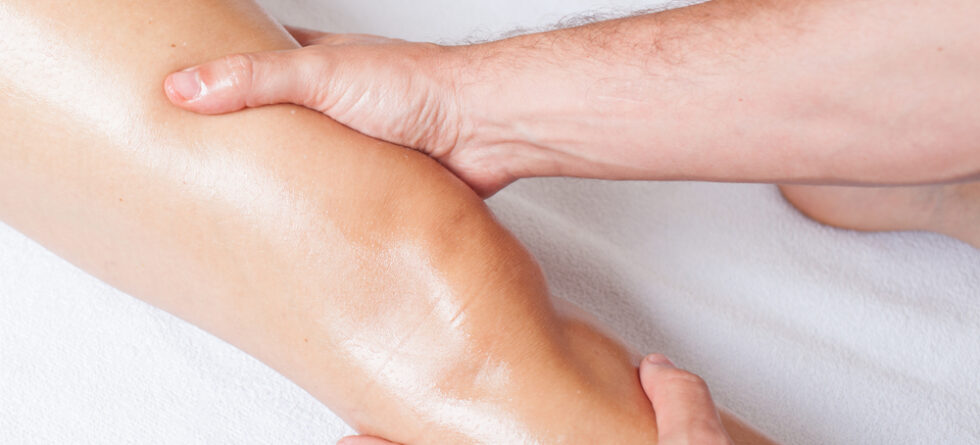After ACL (anterior cruciate ligament) surgery, it’s common for patients to experience limited range of motion in the knee joint, including difficulty bending the knee fully.
Several factors can contribute to this limitation in knee flexion following ACL surgery…
- Postoperative Swelling and Inflammation – Swelling and inflammation are common after ACL surgery due to the trauma of the surgical procedure. Swelling can cause stiffness and discomfort in the knee joint, making it challenging to bend the knee fully.
- Surgical Trauma and Tissue Healing – ACL surgery involves trauma to the knee joint and surrounding tissues, including the ligaments, tendons, muscles, and joint capsule. As the tissues heal, scar tissue may form around the surgical site, which can restrict the normal movement of the knee joint and limit knee flexion.
- Immobilization and Bracing – Following ACL surgery, patients may be instructed to immobilize the knee joint with a brace or splint to protect the surgical site and promote healing. While immobilization is necessary in the immediate postoperative period, it can contribute to stiffness and reduced range of motion in the knee joint if maintained for an extended period.
- Muscle Weakness and Atrophy – Surgery and immobilization can lead to muscle weakness and atrophy (loss of muscle mass) in the quadriceps, hamstrings, and other muscles surrounding the knee joint. Weakness and atrophy can affect the ability to bend the knee fully and may contribute to stiffness and limited range of motion.
- Fear of Pain or Reinjury – Patients may experience fear of pain or reinjury when attempting to bend the knee fully after ACL surgery. This fear can lead to guarded movement patterns and reluctance to engage in activities that require deep knee flexion.
To address limited knee flexion after ACL surgery, patients typically undergo a comprehensive rehabilitation program designed to restore range of motion, strength, stability, and function to the knee joint. Physical therapy plays a crucial role in postoperative rehabilitation, and physical therapists use a variety of techniques and exercises to help patients regain full knee flexion. These may include:
- Gentle stretching exercises – to improve flexibility and mobility in the knee joint.
- Joint mobilization techniques – to address stiffness and promote normal movement of the knee joint.
- Strengthening exercises – to improve muscle strength and stability in the quadriceps, hamstrings, and other muscles surrounding the knee.
- Functional activities and exercises – to simulate real-life movements and activities that require knee flexion, such as walking, climbing stairs, and squatting.
- Gradual progression of activities – to gradually increase the intensity and range of motion of exercises as the knee heals and strengthens.
It’s important for patients to follow their surgeon’s postoperative instructions and adhere to their prescribed rehabilitation program to optimize outcomes and facilitate a safe and successful recovery after ACL surgery. If you experience persistent difficulty bending your knee or have concerns about your recovery, be sure to communicate with your healthcare provider or physical therapist for guidance and support.




